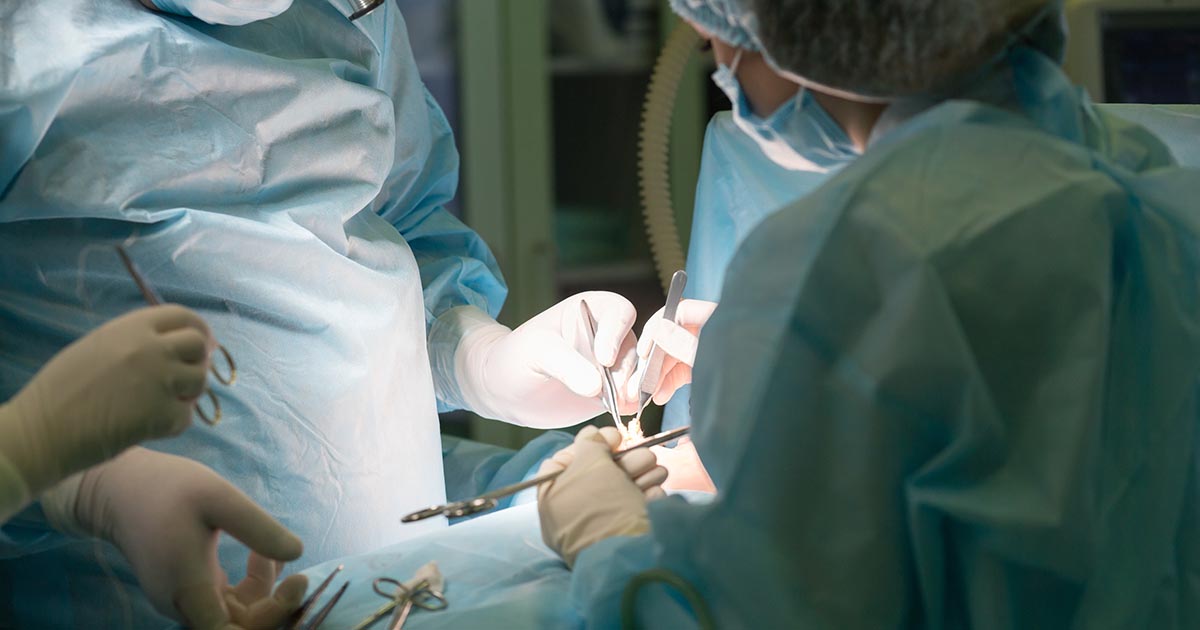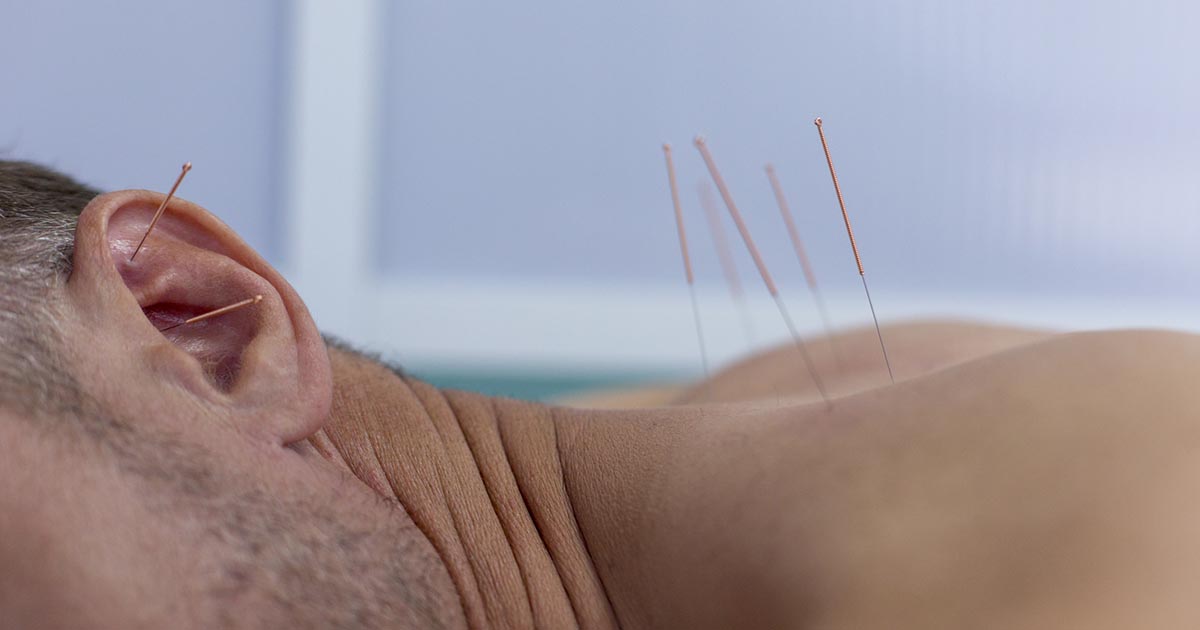Treatment Options For Bell's Palsy
Bell's palsy is a disorder caused by trauma to the seventh cranial nerve resulting in paralysis and stiffness of the muscles in the face. The disorder typically only affects one side of the face. While Bell's palsy can affect anyone, research indicates individuals with diabetes and those recovering from viral infections are the most at risk for developing the disorder. In most cases, Bell's palsy is a temporary issue, and most patients make a full recovery. Not every individual diagnosed with Bell's palsy will require treatment and those who do require medical intervention have a wide array of treatment options. Let's get to know some of them now.
Physical Therapy

Bell's palsy causes paralysis of the facial muscles and continued non-use of these muscles can result in atrophy, making it difficult for patients to regain full use of certain facial muscles once the disorder is no longer an issue. Patients diagnosed with Bell's palsy are typically referred for physical therapy. When working with a physical therapist, patients will engage in facial exercises to work their paralyzed muscles to increase elasticity and motor function and prevent atrophy, as well as learn specific massage techniques that help to increase blood flow and oxygen to the facial muscles to prevent damage.
Keep reading to reveal the next treatment option available for Bell's palsy.
Surgery

For those individuals who have engaged in a variety of treatment methods, but have received little or no relief from their symptoms of Bell's palsy, surgery may be recommended. This is considered the last resort, as there is a high risk of damage to the facial nerve and permanent hearing loss. It consists of creating an incision in the bony passage where the facial nerve resides, thereby relieving pressure on the nerve and eliminating symptoms. Some individuals experience lasting effects of Bell's palsy, such as continued facial stiffness and paralysis, even after all other symptoms have dissipated. In these cases, plastic surgery is required to correct the damage caused to the facial muscles and nerves.
Get to know the next treatment method for Bell's palsy.
Biofeedback

Biofeedback is a therapy in which electrodes are placed that then send a signal to a monitor where an individual can receive immediate feedback (via a specific sound or flash of light) regarding stress responses and muscle activity. Using the visual cue from the monitor, patients can begin to retrain their facial muscles and stop stress responses in the moment. Patients with Bell's palsy would typically use this type of therapy in a therapist's office, and it would be accompanied by sessions in which relaxation techniques were taught to help the individual learn how to control their responses to stress positively.
Continue reading to reveal more ways to treat Bell's palsy.
Stress Reduction

Stress can be a trigger for a wide variety of disease and disorders, including Bell's palsy. Initial consultations with physicians regarding facial paralysis will typically include a discussion about what types of stress the patient has in their life. This can help the physician to get a better understanding of whether the paralysis is caused by Bell's palsy or by something more serious, like a stroke. Physicians recommend patients with Bell's palsy engage in lifestyle changes to reduce their stress as much as possible. This may include a variety of different methods, including breathing techniques, changing response habits, and increasing physical activity.
Learn about the next option for treating Bell's palsy now.
Acupuncture

Acupuncture has been found to be quite a beneficial treatment in alleviating the symptoms of Bell's palsy. It involves pricking the skin and other areas of the body with fine point needles to encourage healing and promote a balance of the nervous system. Traditional Chinese medicine states acupuncture works by acknowledging and removing blockages, increasing the flow of vital life energy (chi) to the body. Modern medicine indicates acupuncture helps relieve the symptoms of Bell's palsy by not only increasing the flow of chi, but also by promoting circulation of oxygen and blood to the face and expediting the return of muscle movement and eradicating paralysis experienced by the compression of the facial nerve. It is recommended patients with Bell's palsy receive treatment at least twice per week until symptoms have ceased.